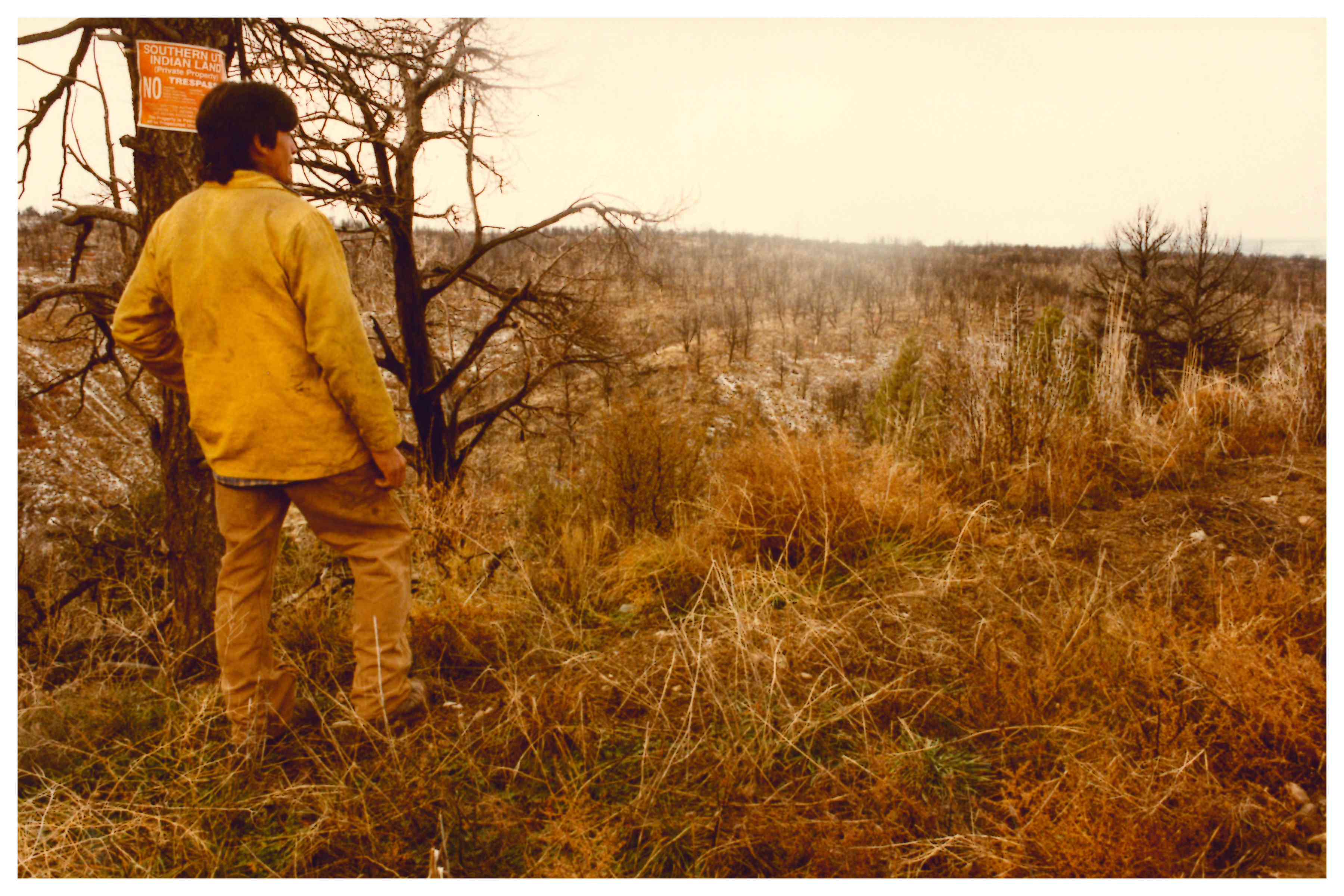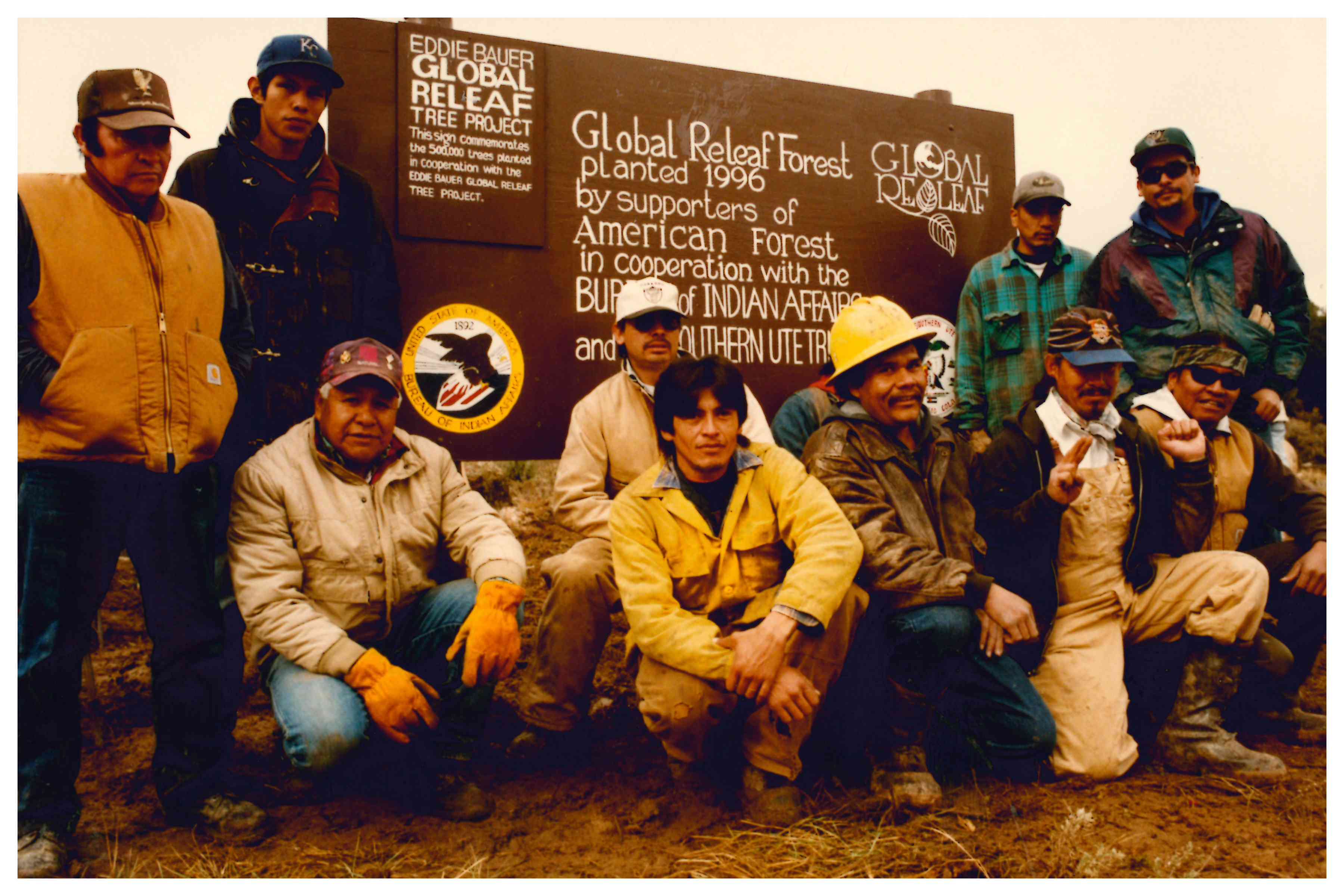Black Ridge ReLeaf, 20 Years Later
By Sydney Mucha
FOREST RESTORATION is not for the impatient. There is no instant gratification in this work. Some species are faster-growing than others, of course, but patience is of the essence.
The restoration work at the Black Ridge — part of the Southern Ute Tribe lands in Colorado — illustrates the forbearance required — and the payoff. In 1994, this area experienced a devastating wildfire. More than 13,000 acres of pinyon pine and juniper were scorched by the lightning-caused blaze, making it one of the worst fires on record according to the reservation’s history. In 1996, with support from Eddie Bauer, American Forests Global ReLeaf planted 62,000 pinyon pines — a process that would have taken decades to reseed naturally. Survival rates are difficult to predict, particularly in the arid Southwest.
At Black Ridge, some areas have done better than others. While the overall survival rate stands at 21 percent, some north facing slopes have experienced a 50 percent survival rate. While pinyon pines are small trees and slow growing — some are just a few feet tall now — the intervening years have made a great deal of difference to the Black Ridge ecosystem and the Southern Ute Tribe. The surviving trees are exhibiting vigor and the Southern Ute Tribe considers this Global ReLeaf project a success. They believe that the pinyon pines are now fully established so that the reforestation process will continue naturally, albeit slowly. One day, this forest will be re-established. The members of the Southern Ute Tribe, as well as native wildlife, will be able to enjoy the forest and all its wonders.

Sydney Mucha served as American Forests’ spring 2015 communications intern and is working toward a graduate degree in environmental studies at American University.

